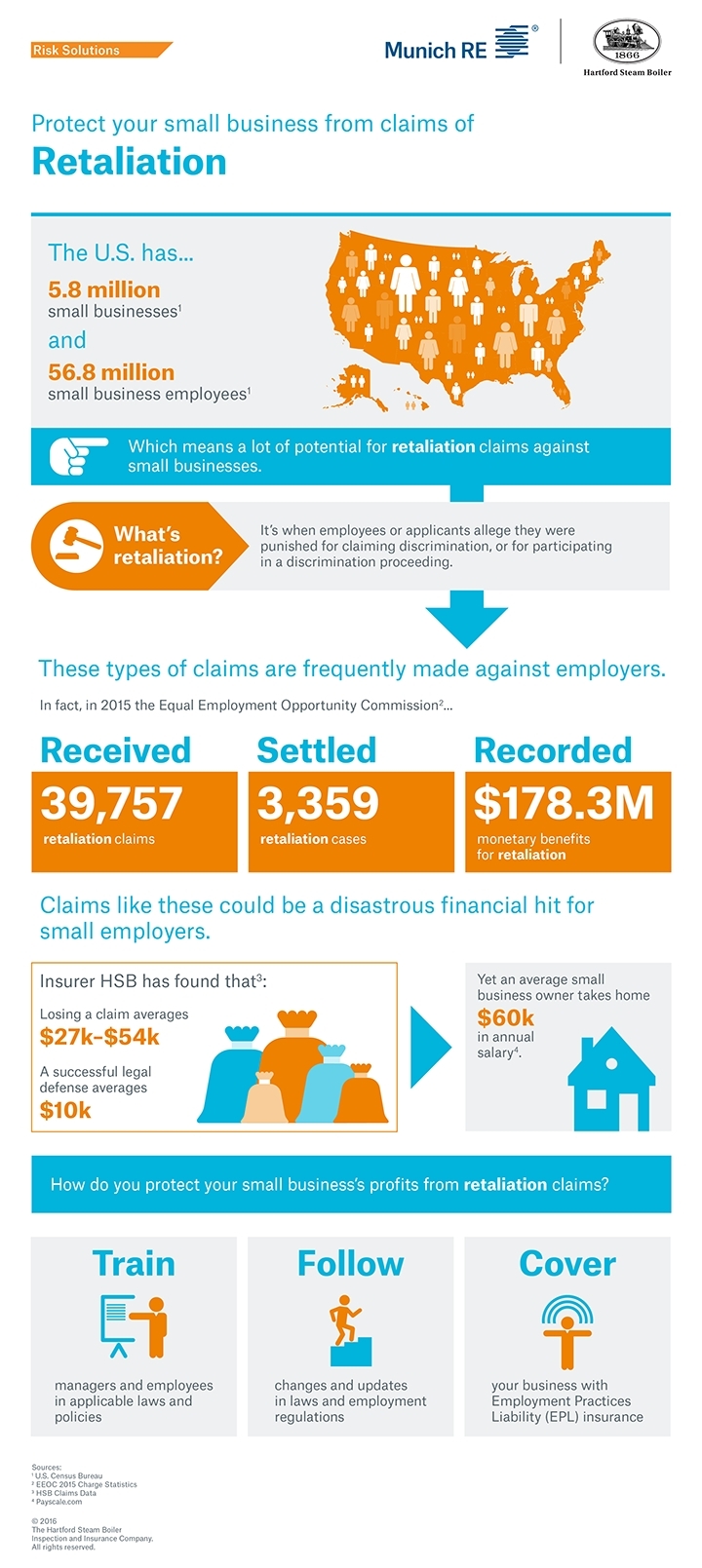Minimizing Dress Code Problems At Work
 Many employees instinctively start dressing for the heat without always considering what might be too hot (or informal) for their workplace.
Many employees instinctively start dressing for the heat without always considering what might be too hot (or informal) for their workplace.
No matter what the season, the challenge for owners, company leaders and managers is to effectively prepare for and respond to dress-related employee issues, questions and complaints.
In a survey by Seyfarth Shaw at Work of 400 managers found 50+% reported experiencing obstacles when dealing with employees' overly revealing/casual summer clothing.
Another vexing issue was dealing with newly exposed piercings, tattoos, logos and decals have also given managers hot-weather headaches.
According to Philippe Weiss, an attorney and managing director of Seyfarth Shaw at Work, the highest-risk factors often relate to rash or irresponsible responses by management - as opposed to the underlying summer clothing choices made by employees.
Weiss recommends the following four business leader strategies:
- •Prep with a Policy…PRE-Summer: Consider developing and distributing a specific Summer Dress Code policy - before facing the heat. Include examples of what is not (and, if helpful, what is) summer-appropriate attire. Then explain, and train, on both your Summer Dress and year-round Harassment policies. Growing companies find that both documents often can apply to dress code crises and situations.
- Pick "Prohibited" Items with Precision: Deem shorts inappropriate may legally be far safer than, say, banning all exposed piercings. Practices and policies that appear to single-out or create an unfair burden based on religion, gender, national origin or other status can be viewed as discriminatory. (So for example: certain body piercings and even tattoos might reflect religious requirements or practices and banning them altogether may raise risks under particular local, state or federal laws. This is one that definitely merits consulting with qualified counsel.) At the same time, consider your corporate image, work environment, values and other business factors to create reasonable limits and a balanced approach.
- "Float" Toward Summer Casual Season: Some companies experiment with a "floating" casual day, where employees can pick a day each week to "come-in-casual" (so long as no key customer/client meeting is planned). By allowing employees to "Dress Your Way, One Day" each week, companies and leaders can identify and address issues earlier/throughout the year, thereby avoiding a potential dress code drama deluge on day 1 of warm weather.
- Don't Mangle Dress Management Moments: Even presidents of firms often get tongue-tied (or way too descriptive) when advising staff members of potential dress violations. Develop higher-level "Dress-Code Designees" who are trained to appreciate privacy concerns and to safely describe your company's "Dress-pectations." Dress code conversations should be focused on the your apparel standard - not on your employee's specific skin vs. clothing ratio.




